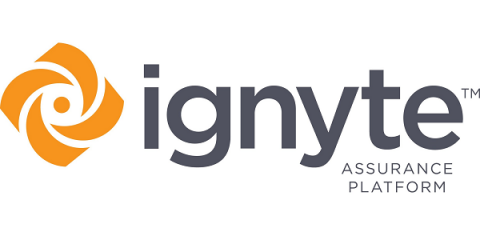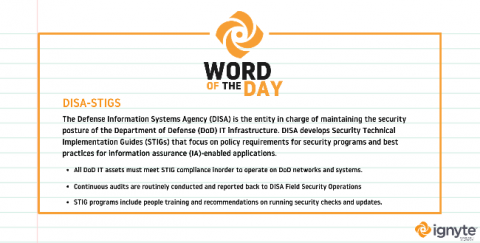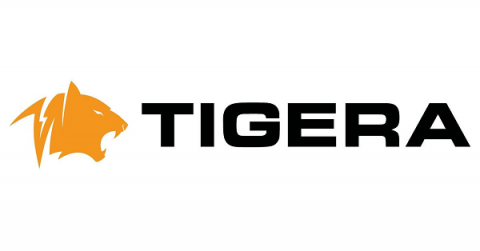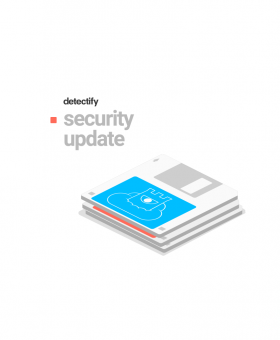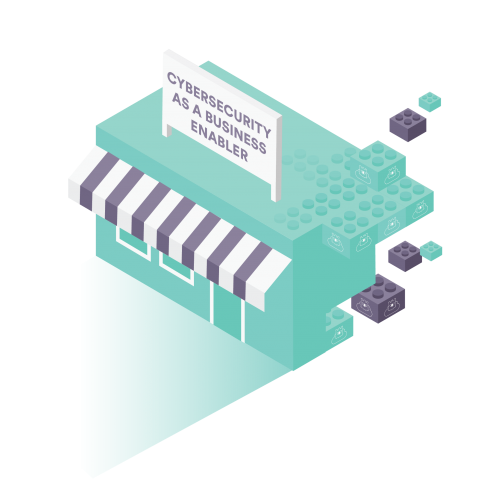Security | Threat Detection | Cyberattacks | DevSecOps | Compliance
%term
Not All Sandboxes Are Created Equal
Sandbox environments are a common feature of many cybersecurity solutions in their fight against advanced malware. Firewalls, endpoint protection, and even next-generation machine learning systems use sandboxes as one of their lines of defense. However, not all sandboxes are created equal.
Top 7 Healthcare Cybersecurity Frameworks
Today, the healthcare industry has become prone to cyber-attacks, just like in any other sector. One notable fact within all those fields is the similarities in existing as well as emerging threats. At the same time, there is an increasing need for organizations to reassure their customers and regulators that their networks and systems have incorporated adequate security measures. One way of achieving this goal includes complying with various recognized security standards and frameworks.
CISOs Ultimate Guide For Top 30 Security Control Frameworks - 2019
Companies in highly regulated industries are forced to adopt one or more frameworks in order to meet compliance initiatives. There are over 200 security frameworks, regulations, standards and guidelines to choose from that could impact your business at any given time. In no particular order, below are the top security controls frameworks that are pervasive throughout our security industry along with some unique facts about each framework.
Weekly Cyber Security News 22/02/2019
A selection of this week’s more interesting vulnerability disclosures and cyber security news. Being a popular tool, I do find it odd that while faults in Zip files have been known for a long time, WinRAR has only just been identified with similar issues. Well, better late than never I suppose.
Navigating Network Services and Policy With Helm
Deploying an application on Kubernetes can require a number of related deployment artifacts or spec files: Deployment, Service, PVCs, ConfigMaps, Service Account — to name just a few. Managing all of these resources and relating them to deployed apps can be challenging, especially when it comes to tracking changes and updates to the deployed application (actual state) and its original source (authorized or desired state).
What Is an Insider Threat and the 5 Things You Should Know?
Gone are the days when our greatest inklings of insider threats were employees who never wanted to take vacation and did everything to avoid letting others see the financial records they were maintaining. Today, insider threats come in a concerning variety of forms with consequences often exceeding millions of dollars. As time passes, more industries than ever before are feeling the sting of security incidents and breaches stemming from their very own trusted employees and partners.
Fileless Malware Detection: A Crash Course
Given you’re here, you’re likely new to this topic, so please be aware in that fileless malware, fileless malware attack, and fileless attack are different words for the same thing. With that clear, let’s jump in!
Detectify security updates for 21 February
For continuous coverage, we push out major Detectify security updates every two weeks, keeping our tool up-to-date with new findings, features and improvements sourced from our security researchers and Crowdsource ethical hacker community. Due to confidentially agreements, we cannot publicize all security update releases here but they are immediately added to our scanner and available to all users. This post highlights a few things that we have improved in the last two weeks.
Cybersecurity from an overhead cost to a business enabler
Implementing cybersecurity projects shouldn’t only depend on return on investment or viewed as a cost. There’s a better way you could be evaluating it. Businesses should be thinking about how adding cybersecurity can add more business value and enable company growth. The landscape is changing and security is starting to be seen as a competitive advantage more often, and for some industries, it’s a reason customers want to do business with a brand.




